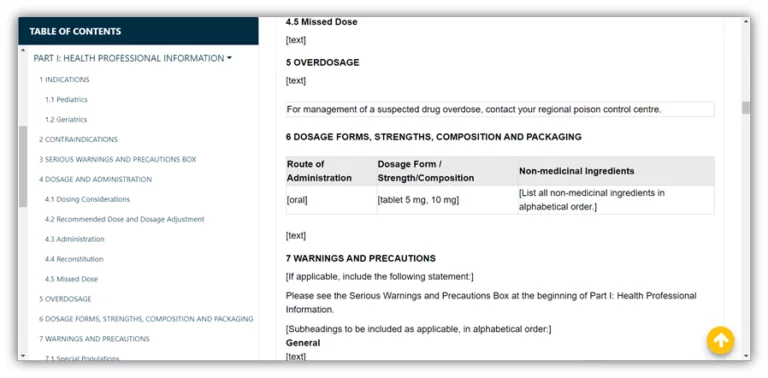Millions of Canadians rely on drugs and medical devices to maintain their quality of life and overcome medical ailments. However, access to the clinical evidence that is used to approve these therapeutic products is restricted to Health Canada. Consequently, Canadians are shielded from safety issues, adverse events, and results from pre-market testing, and some feel this poses a significant barrier to making well-informed decisions about their healthcare.

Is this going to change?
Yes. In 2014, the Food and Drug’s Act was amended with the introduction of Vanessa’s Law. The key objectives of Vanessa’s Law include strengthening requirements for adverse reaction reporting by healthcare institutions, imposing tougher financial penalties for unsafe products, and improving patient safety by making it easier for consumers to understand health and safety information on drug and medical device labels.
Following this, Health Canada launched the Regulatory Transparency and Openness Framework and Action Plan 2015-18 in 2015. This plain entailed Health Canada implementing several initiatives and activities annually to increase regulatory transparency. Examples of such activities include:
– Posting product-specific information about what Health Canada regulates online
– Making a guide to reporting drug shortages and discontinuations publicly available to help manufacturers comply with requirements
– Expanding the Regulatory Decision Summaries initiative to include negative decisions and cancellations for new drug submissions and submissions for new uses
As a result, Canadians now have a better understanding of Health Canada’s regulatory role, how and why decisions are made, inspection activities and findings, enforcement actions, and opportunities to participate in consultations.
However, in 2018 when a B.C. woman was denied access by Health Canada to see the clinical trial information used to approve the pelvic mesh implanted inside her, it was highlighted that transparency was still lacking when it came to drug and medical device approval. As a result, Health Canada announced an Action Plan on Medical Devices in 2018. Part of this plan was a promise to provide Canadians with more information on medical devices, such as clinical trial information.
When will clinical information become available?
Beginning March 13, 2019, clinical information will be made available to Canadians through Health Canada’s Clinical Information Portal. The portal will include clinical trial information on newly approved drugs and medical devices in Canada, including clinical effectiveness and any documented side effects.
Final regulations allowing for the release of clinical information to the public will not be published until March 20, 2019 and as a result, records in the portal remain limited. Once the regulations are finalized however, Health Canada will post clinical data from drug submissions for all newly approved drugs and devices as submission reviews are completed.
What about drugs and medical devices already on the market?
Health Canada will also make clinical information publicly available on drugs and medical devices that are already on the market. However, this information will need to be requested, only after which it will be added to the portal.
–
Interested in learning more about adverse event reporting, pharmacovigilance, and drug submissions? Contact info@axsource.com today!


